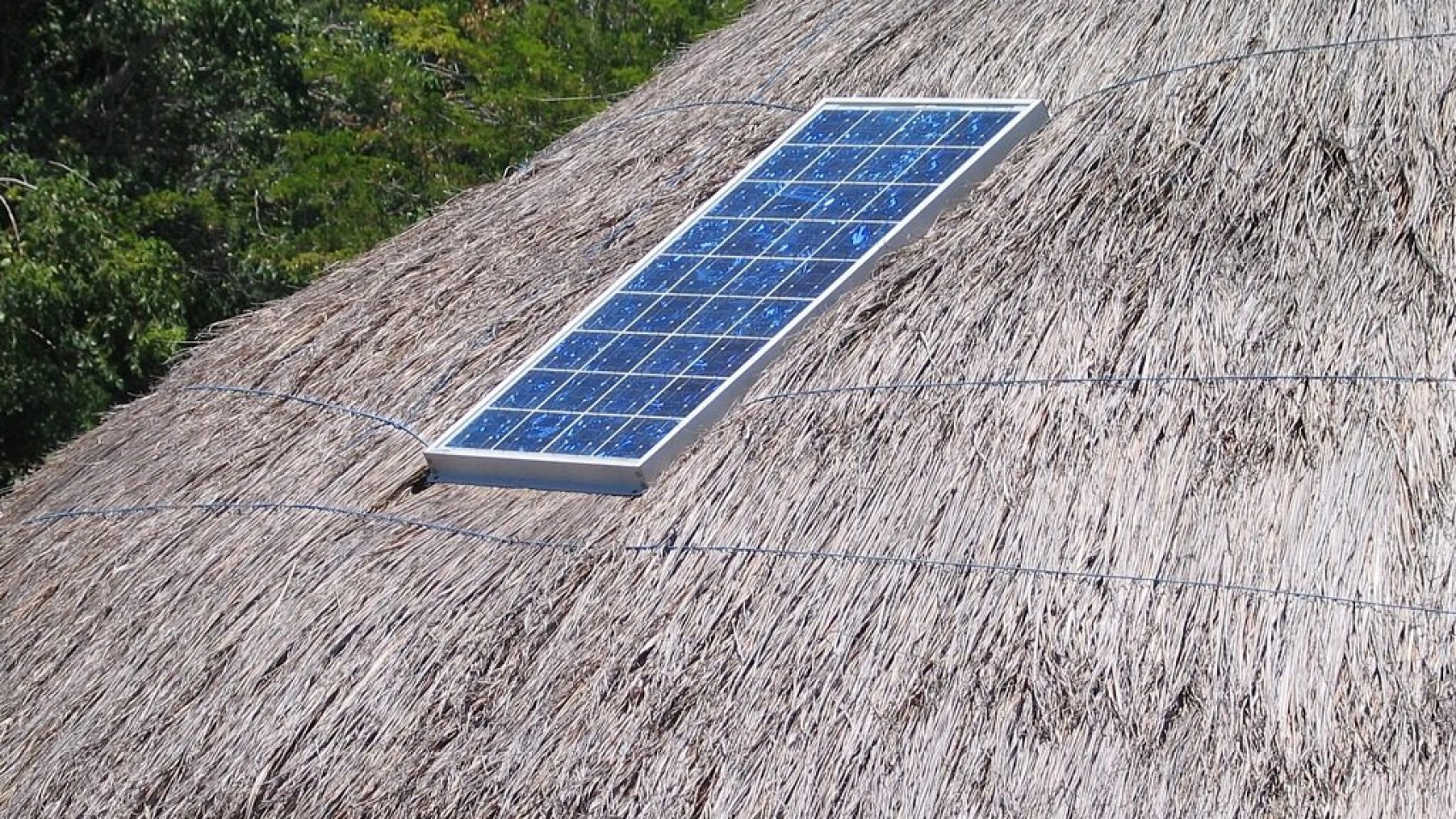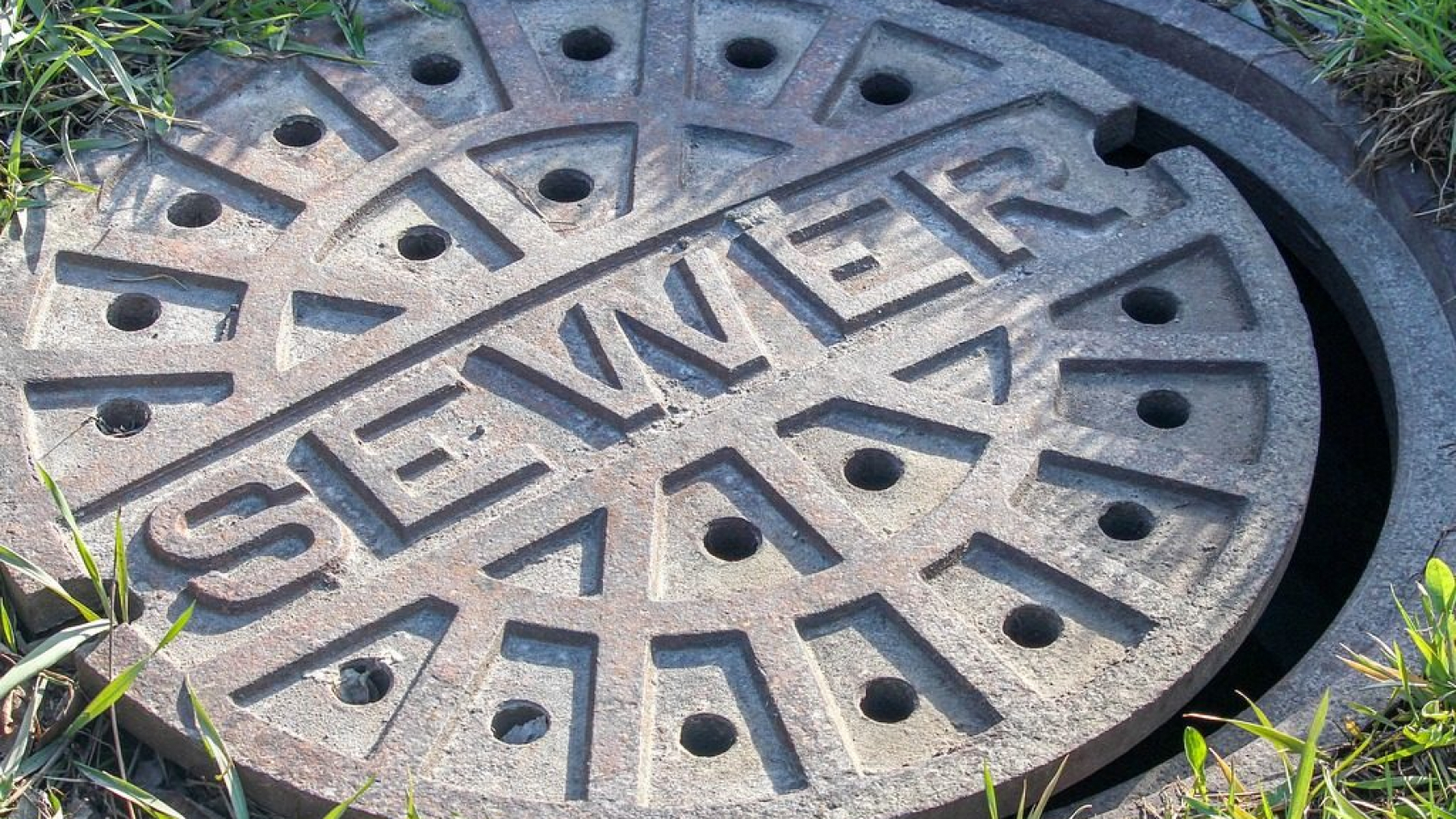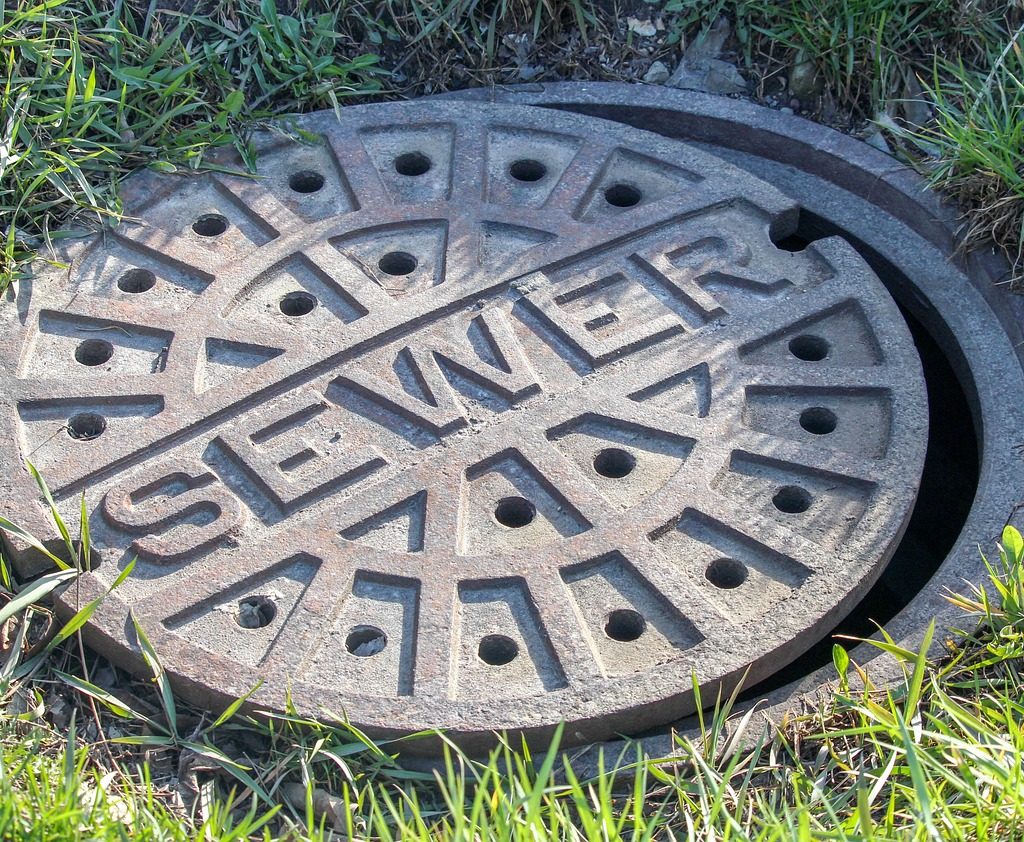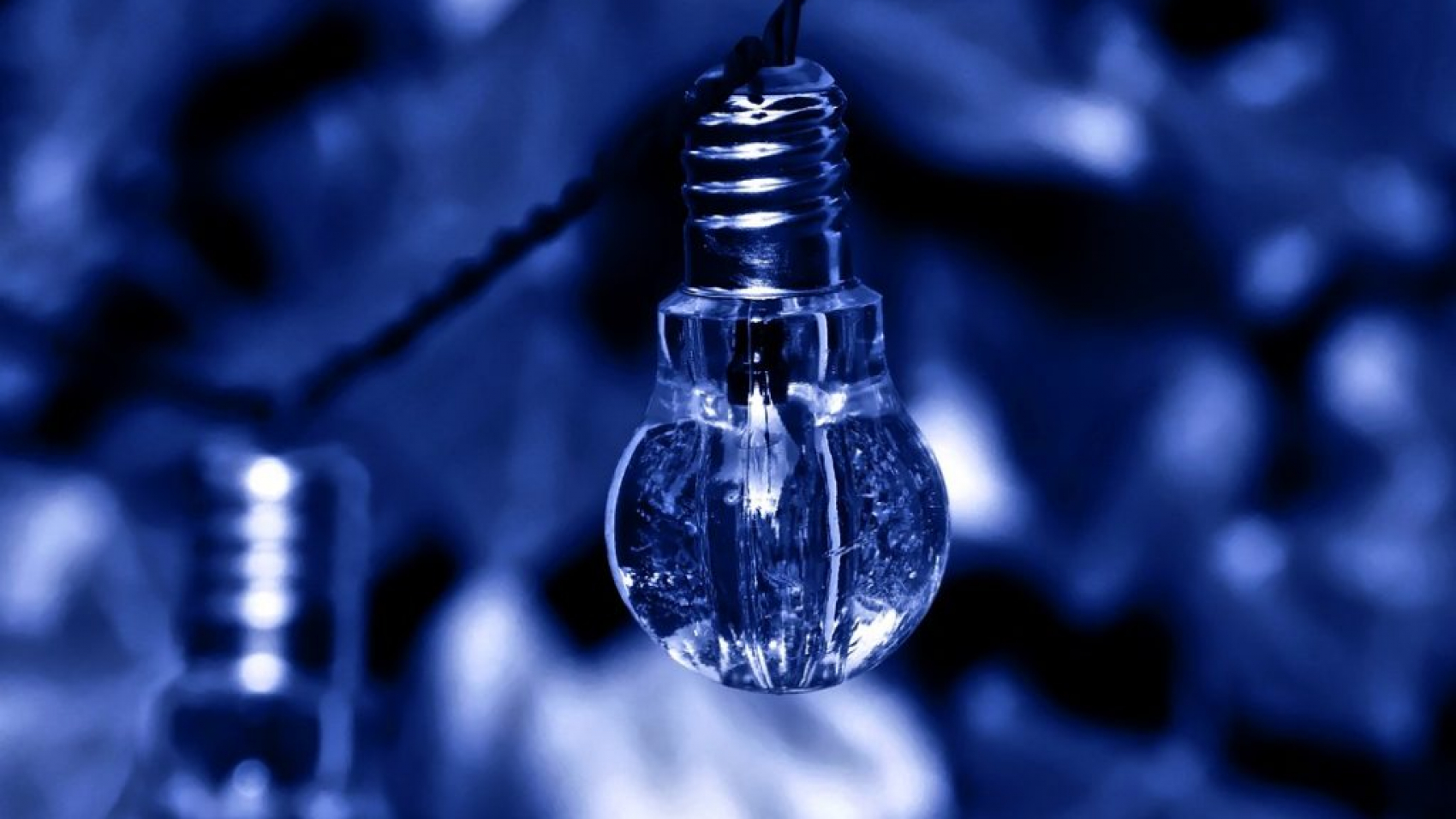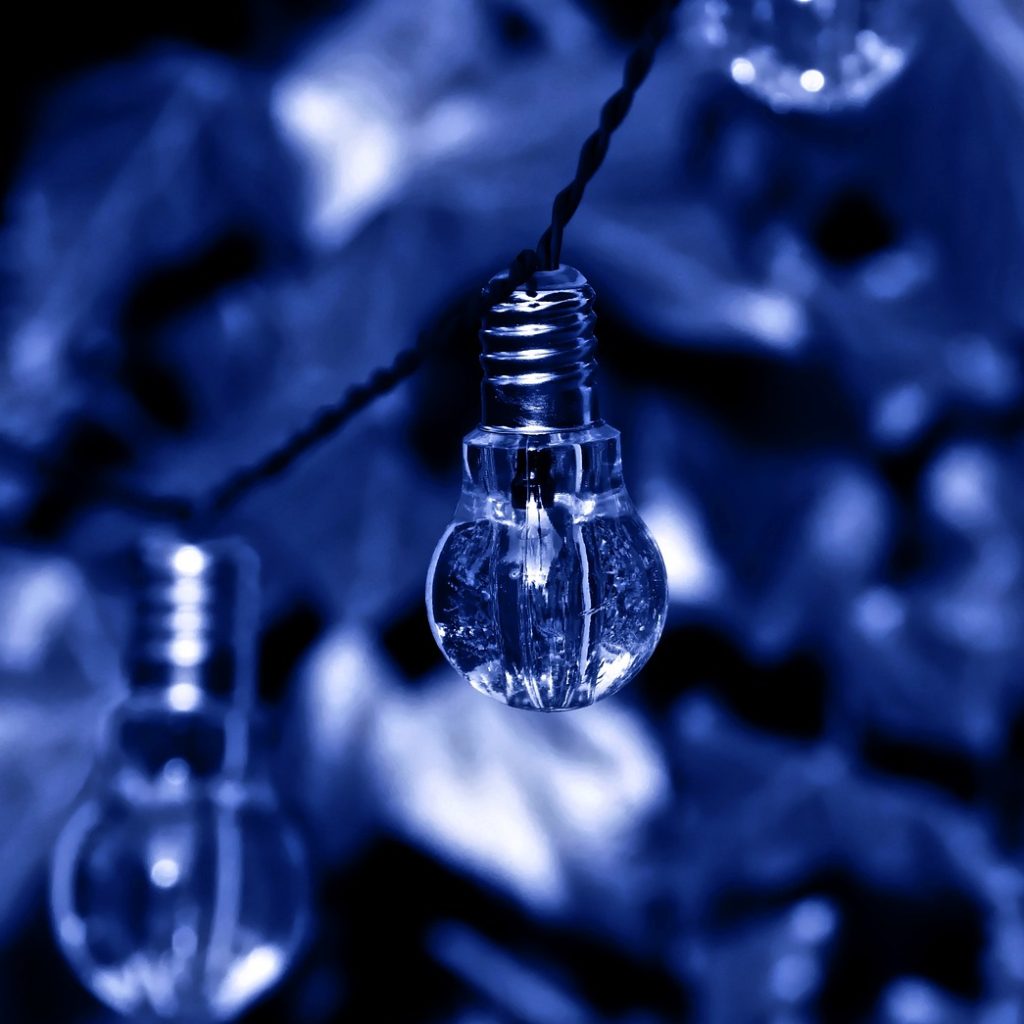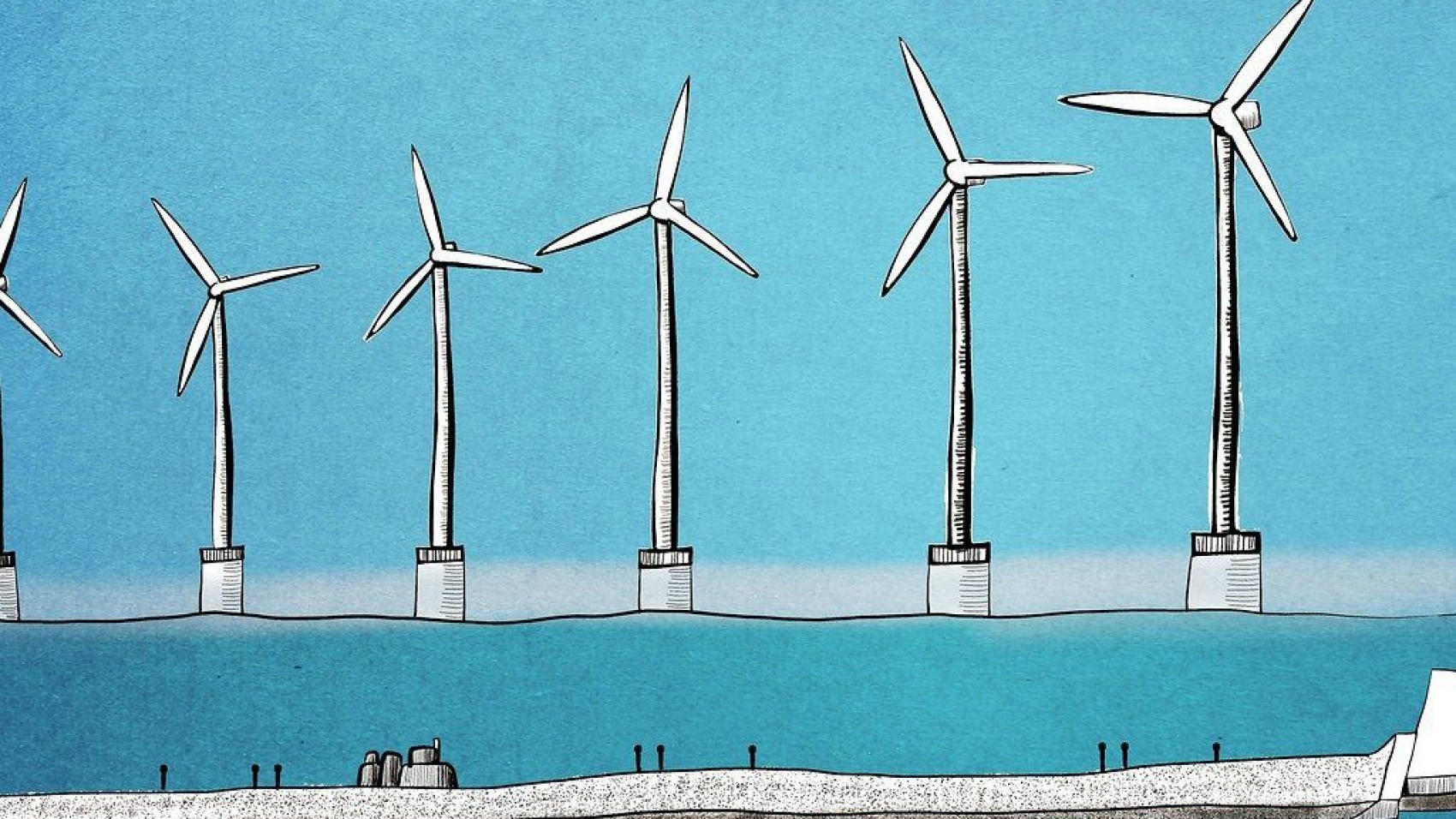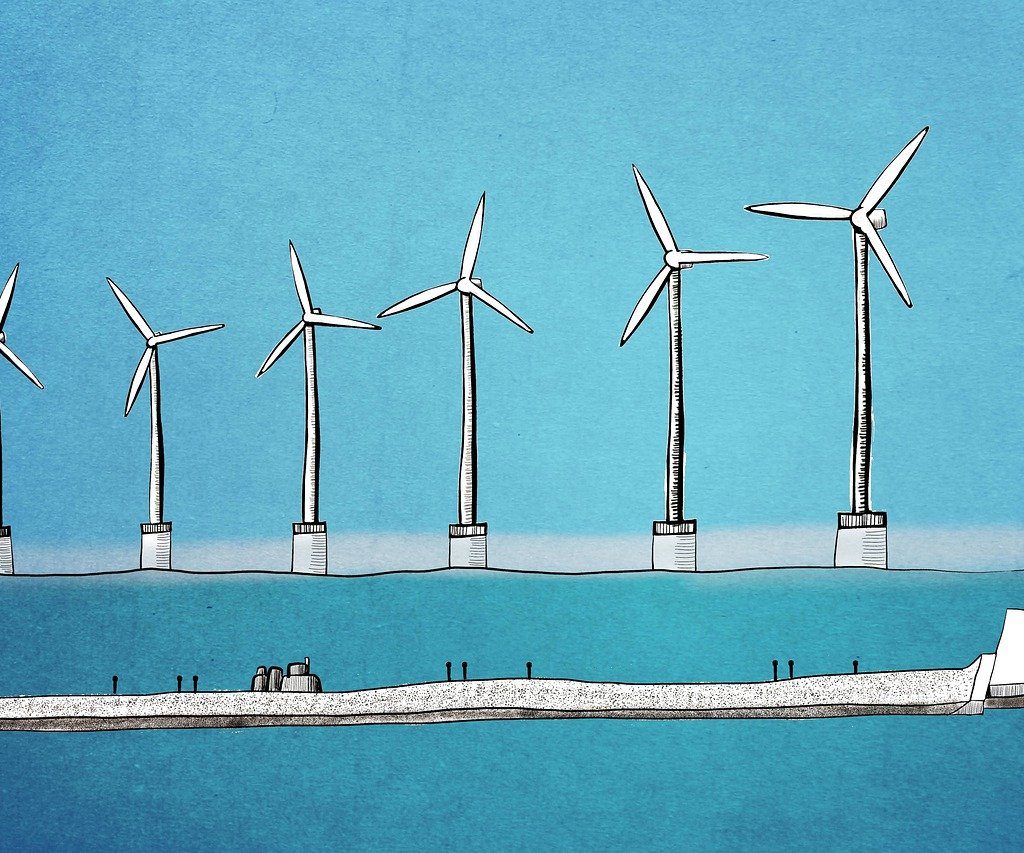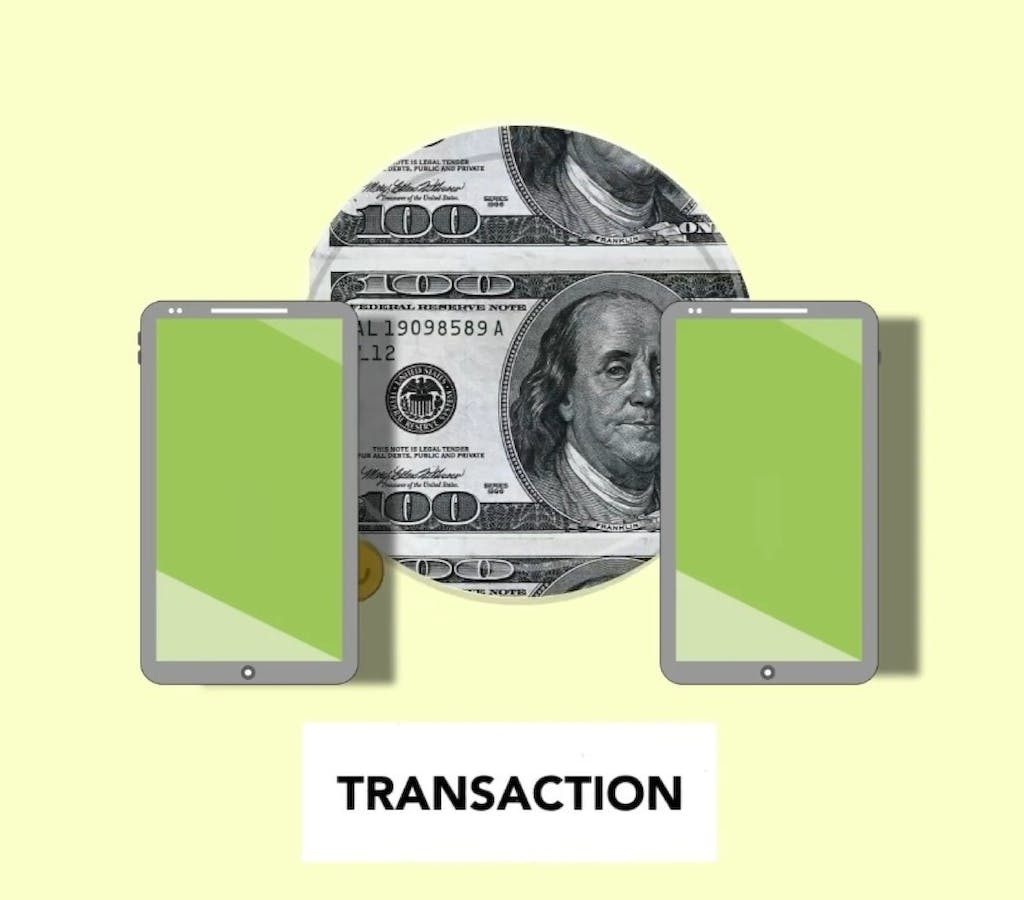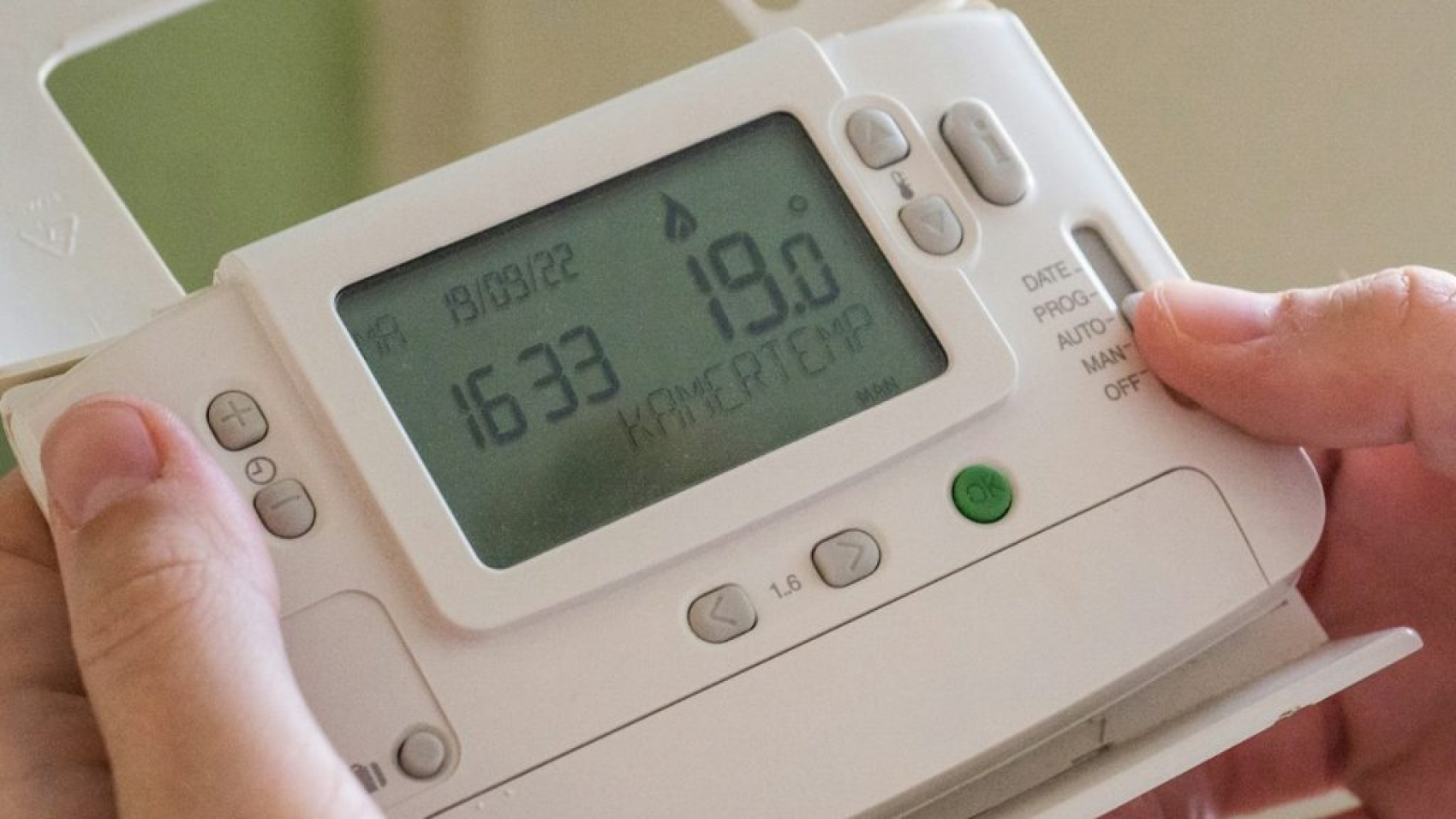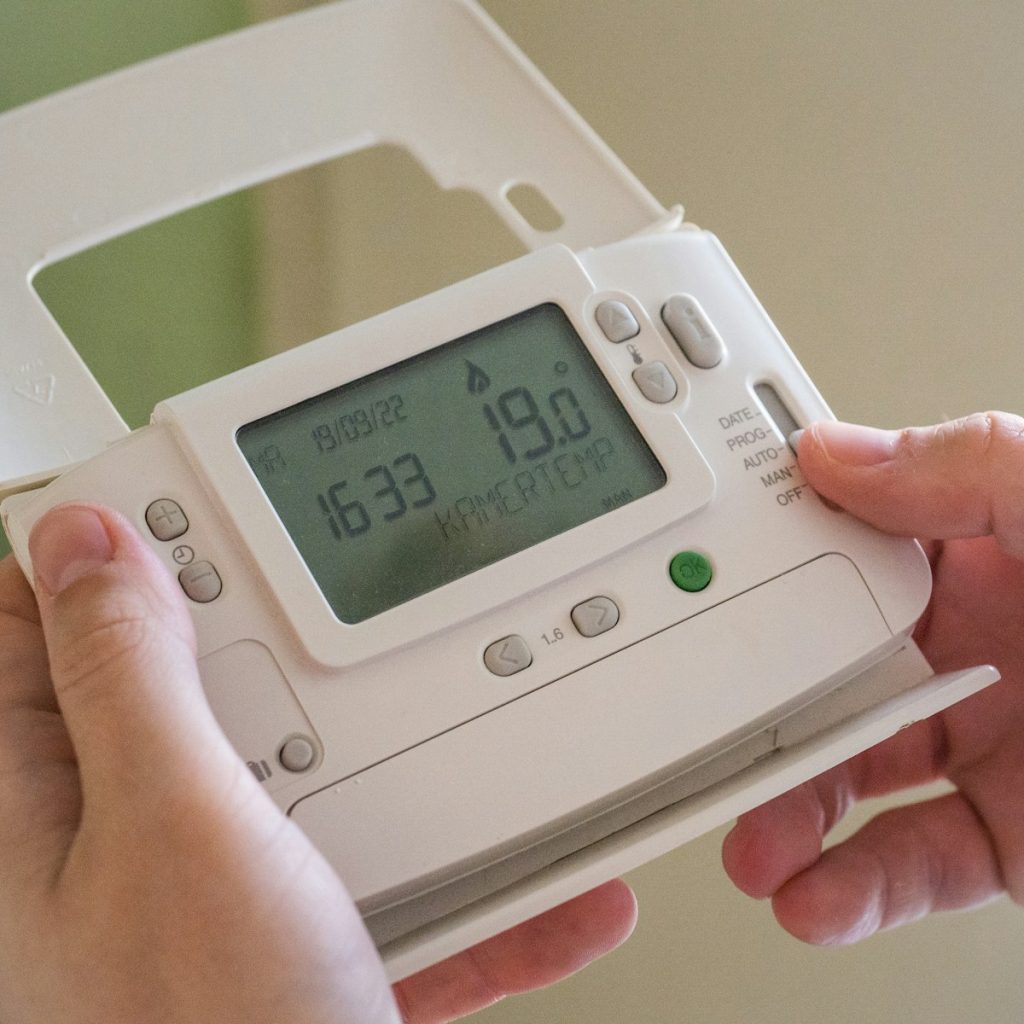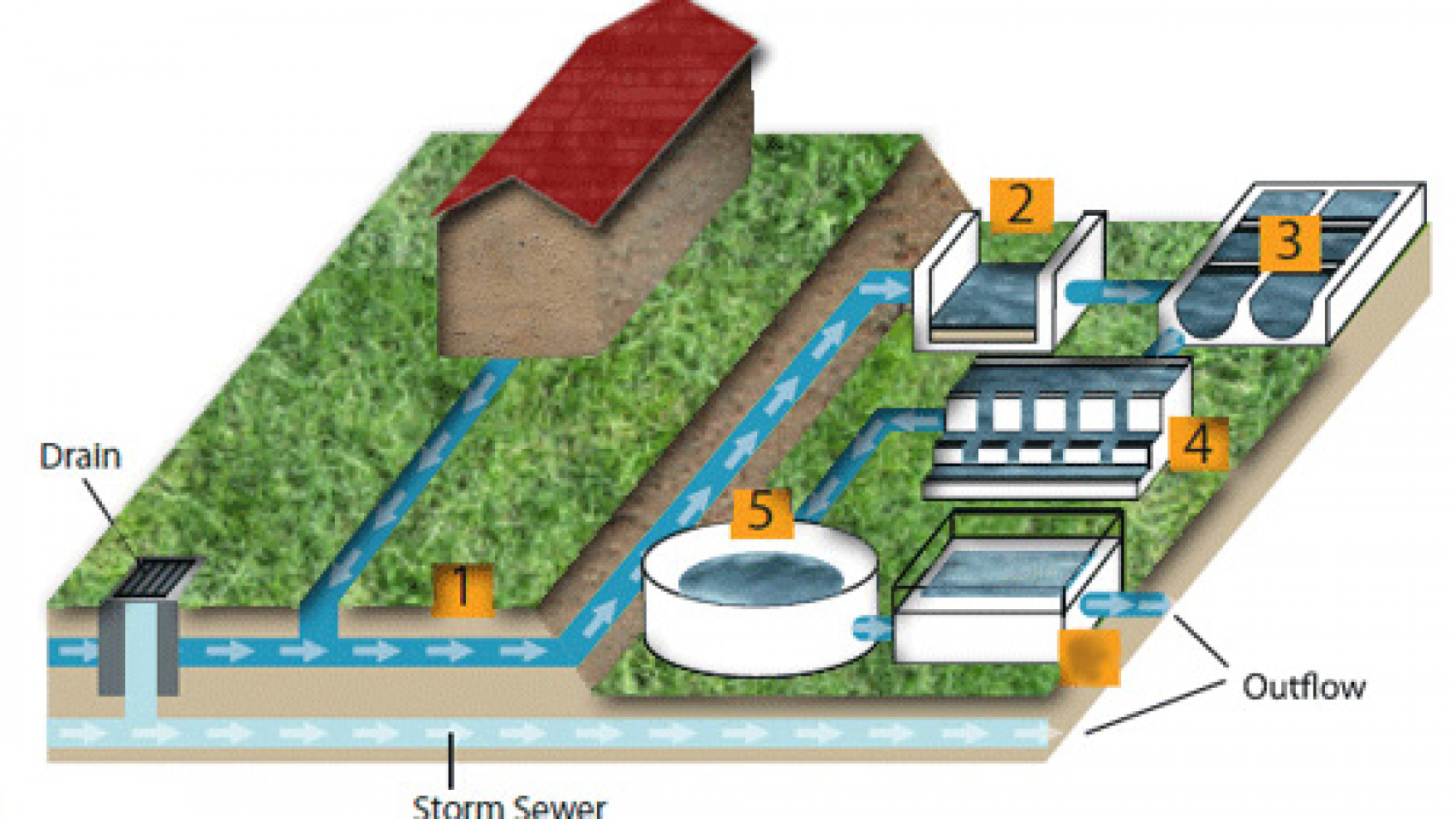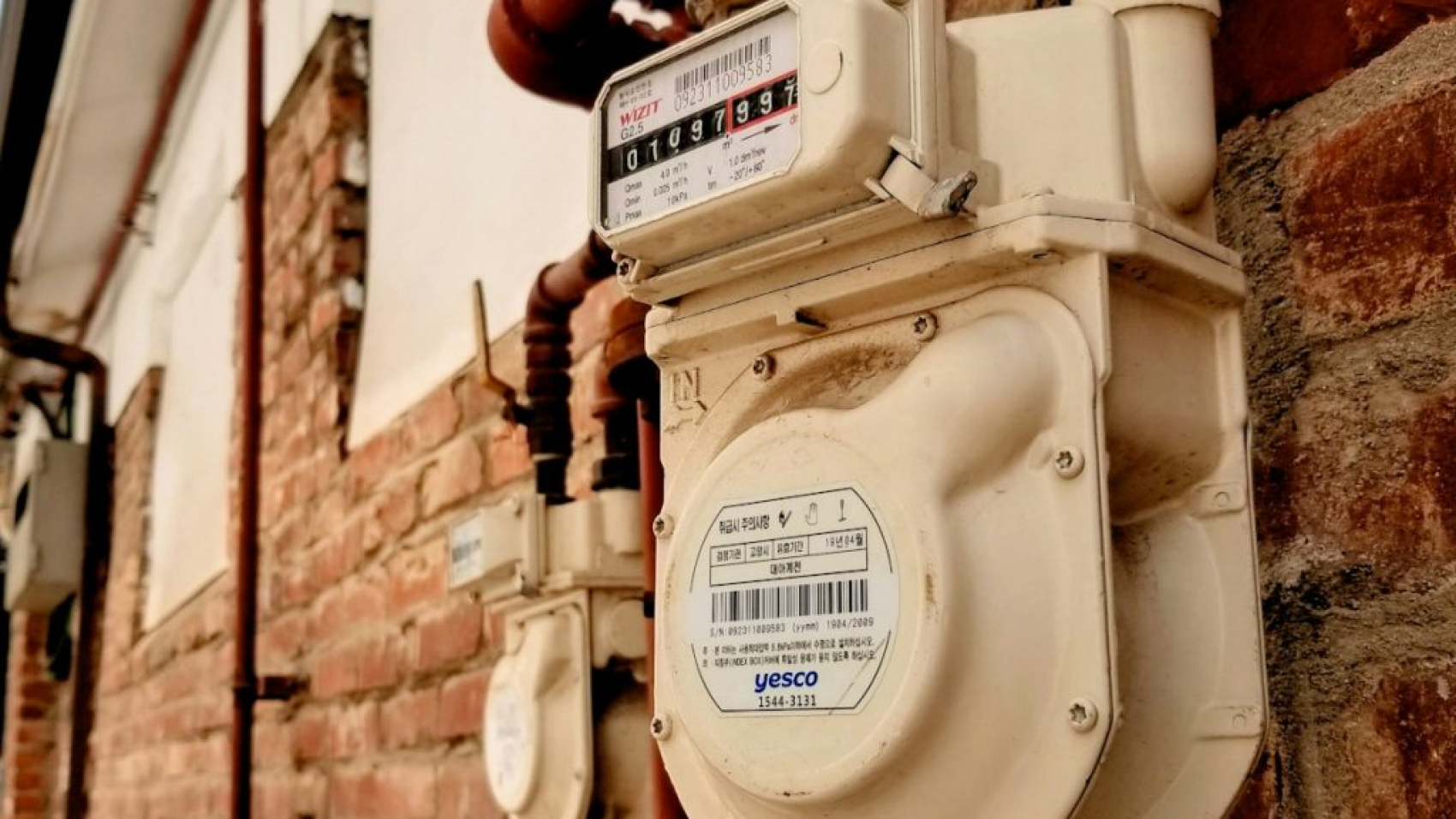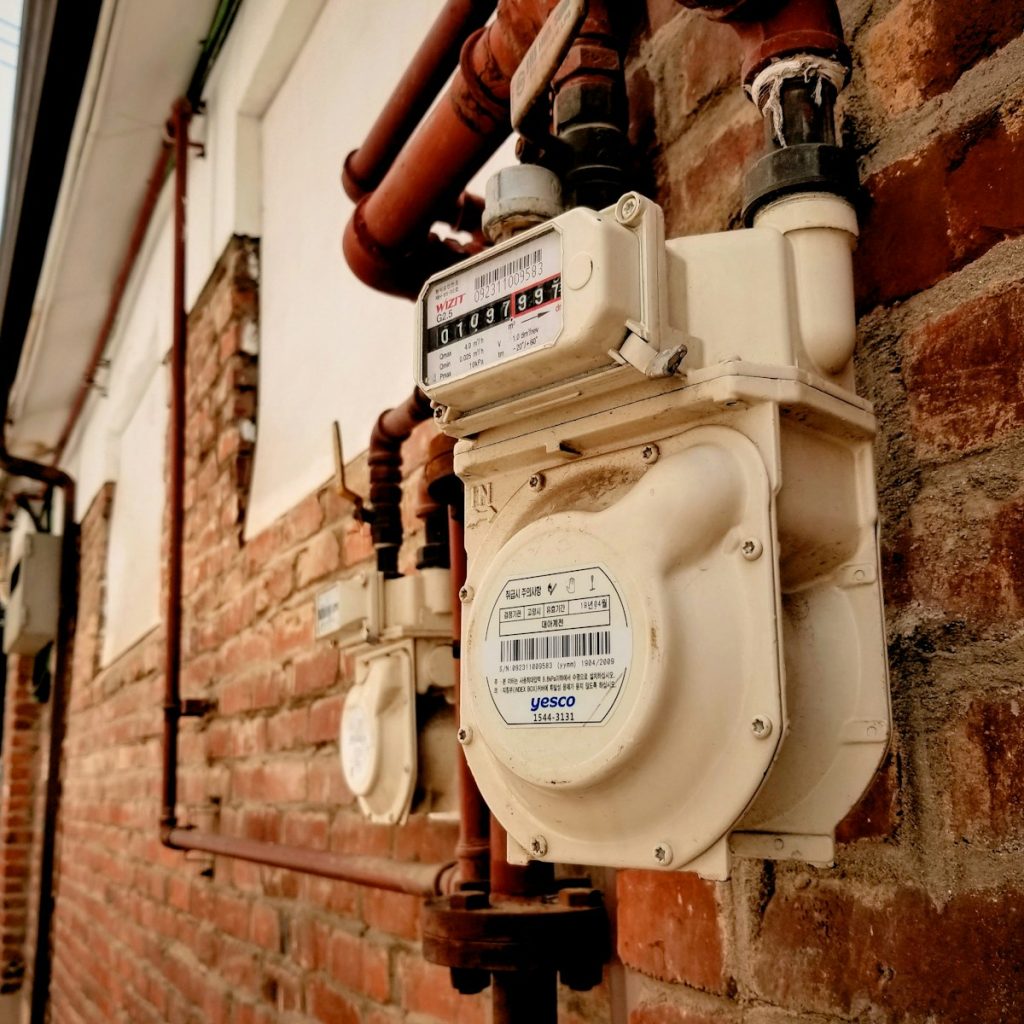Unlocking the Potential: Harnessing Solar Power Benefits and Seamless Installation Process
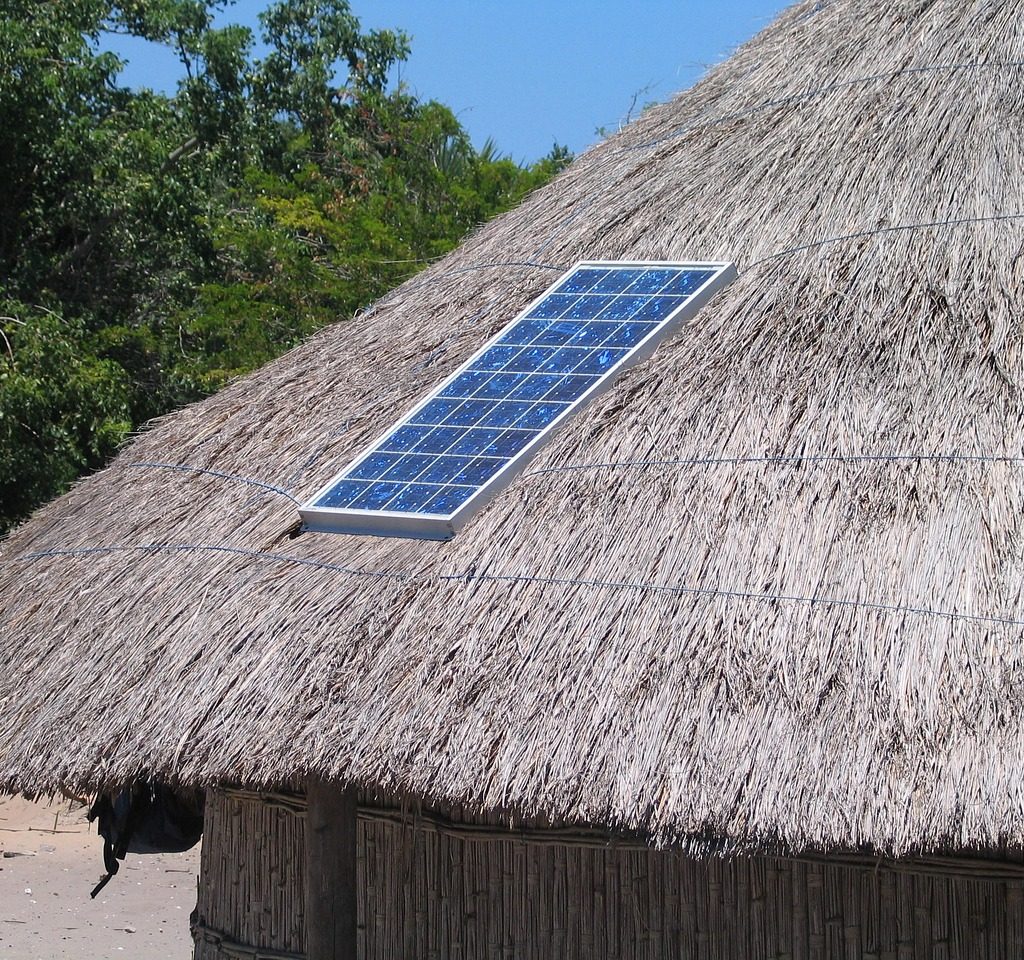
Solar power becomes more relevant by the day in a time when ecological preservation and environmentalism are in focus. This blog post covers the various advantages of switching to solar and walks you through the installation process so that you can begin to tap the sun’s bounty of financial and environmental benefits today.
The Advantages of Solar Power
- Renewable and Sustainable: Like all green renewable energy sources, solar power is an infinite and inexhaustible resource. Since the sun will shine for at least a few billion years, solar power is expected to be around long after we are gone, making it the ultimate sustainability resource.
- Cut Electric Bills: When you generate electricity by going solar, you will buy less from the utility grid. As a result, you will start saving money immediately on your electric bill, and given time, your system will pay for itself and provide consistent electricity savings and a great return on your investment. The more utility prices rise, the more you’ll save by switching to solar.
- Eco-Friendly: Using solar energy reduces your carbon footprint and effectively shrinks your impact on the planet. More specifically, by choosing solar, you’re contributing to reducing air pollution, greenhouse gas emissions, and overall environmental waste.
- Financial Incentives: Many governments offer financial incentives, tax credits, and rebates to encourage the adoption of solar energy. These incentives can offset the initial investment, making solar power even more affordable.
The Solar Installation Process:
- Site Assessment: A comprehensive site assessment is conducted to evaluate your property’s solar potential before installation. Factors such as sunlight exposure, shading, and roof orientation are reviewed to optimize the placement of solar panels.
- Design and Permitting: A customized solar system design is created for the site assessment. This design and the necessary permits are then submitted to local authorities for approval.
- Installation: Once permits are obtained, the installation process begins. Solar panels are mounted to the roof or ground, the system’s inverter is connected to your home, and the required electrical components are attached. The installation is conducted by licensed and trained professional contractors to perform solar installations safely and efficiently.
- Get Connected to the Grid: Finally, after the system is installed and passes the inspection, it is connected to the grid, allowing the excess energy to be fed back and often credited to your electricity bills through net metering.
Residential solar energy isn’t just for eco-friendly, do-gooder consumers. It’s perfect for cost-conscious consumers. That’s because PV systems can save homeowners money by generating electricity and through net metering. Homeowners with PV systems can reduce their electricity bills, and during months when there is a surplus, homeowners can receive a credit on their bills.
With that in mind, let’s explore the step-by-step process for solar energy installation. Here’s what you need to know.
- The Solar equipment: Residential solar panels are made up of solar cells created from layers of semiconductor materials. When sunlight hits these cells, it creates an electric current.
- Solar panels: Each panel comprises many solar cells connected and placed in a frame. The number of panels a homeowner needs is determined based on how much solar electricity the home needs, the amount of sunlight available, and the amount of winter sunlight in the area’s skies.
- The inverter: This device changes the electricity from the solar panels, also known as direct current (DC), into alternating current (AC). The purpose of solar inverters is to make electricity compatible with a home’s wiring and the power grid.
- Utility panel: The AC is sent to the home’s utility panel, which is either used by the house or fed into the grid.Meter: An electricity meter that spins backward measures the electricity in a net metering situation.
- Utility grid: The utility grid supplants the need for a battery. A solar system pushes electricity onto the grid during the day in a residential setting. Then, the homeowner can pull electricity back from the utility grid at night when the solar system isn’t generating electricity. The utility grid is also helpful when usage exceeds the solar system’s electricity capacity.
- Preliminary site assessment: The solar installation team comes to a home and surveys the roof. Solar equipment must be free from shade to provide maximum electricity. The preliminary site assessment includes evaluating the angles at which sunlight hits the roof and if there are large trees nearby that may block sunlight. Another consideration is the roof’s age. If the roof is old, the solar panels are usually installed on new shingles that the customer installs as part of the project.
- Designing the solar installation: The team creates the solar installation, which includes calculating the number of solar panels and the system’s size.Purchasing of solar equipment: The solar company orders the panels and other equipment.
- Permits: The solar installation company obtains the appropriate licenses.Installation: Most homes are prepped the day before installation. Most crews and installations only require one day to install a solar system between 3kW and 5kW.
- Testing and monitoring: The solar company inspects the system and notifies the appropriate agencies of the solar installation. Once permitted, it’s OK’d for operation. The solar company takes over and monitors its power production to ensure everything is handled correctly while the warranty begins.
Monitoring and Maintenance: Regular monitoring ensures the solar system’s optimal performance. Periodic maintenance, such as cleaning panels and checking electrical connections, helps maximize efficiency and prolong the system’s lifespan.
Closing Note
Embracing solar power benefits the environment and has financial advantages over the long run. By thoroughly understanding the advantages of solar energy and the solar installation process, you can make an informed decision to maximize the potential of solar power. Harness the sun’s power, reduce your carbon footprint, and enjoy the lasting benefits of solar energy.
Ready to make the switch to solar? Contact UTIL360 today for a personalized solar system software solution and take the first step towards a greener, more sustainable future.

